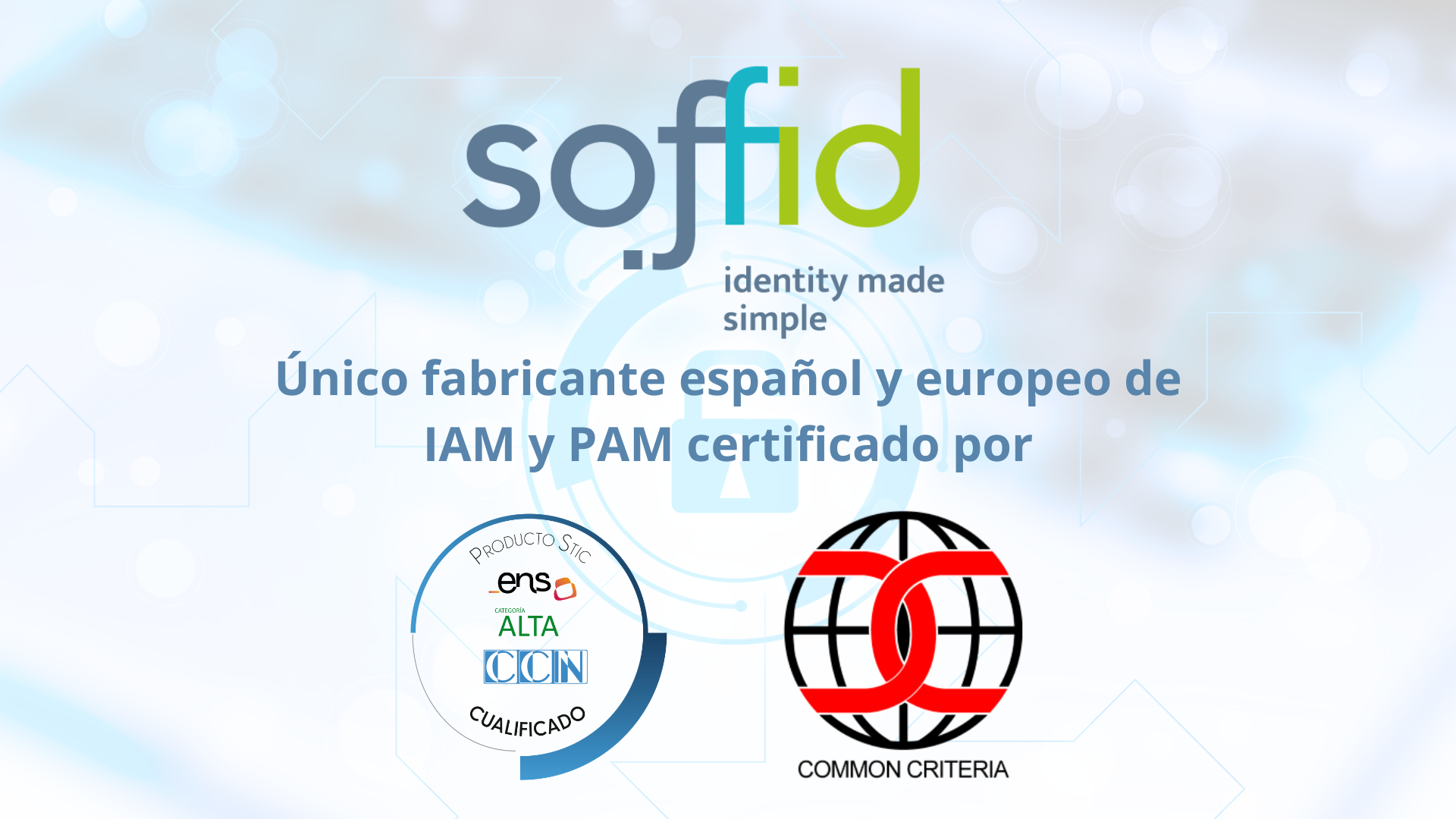A compliance audit is a comprehensive review and evaluation of a business or organization’s compliance with a voluntary compliance framework (e.g., SOC 2) or a regulatory requirement (e.g., GDPR). The scope of a compliance audit depends on which framework/regulation the auditor is evaluating against and, for some frameworks, what type of information the organization stores and how they utilize it.
Many companies still do not appreciate the interconnection of security and compliance. Both are often considered cost centers, and that paints a scowl on the face of many Chief Financial Officers. However, there is a different way of looking at compliance (or its negative counterpart, non-compliance).
We can divide compliance into the categories of obvious and not-so-obvious costs.
The obvious costs are easy to understand:
- Track – Keeping a close watch on the requirements to maintain compliance
- Mitigate – Correcting any deficiencies
- Fines – Monetary penalties for compliance failure
Some of the hidden costs include:
- Additional internal audits – To verify that everything is in order as well as the costs of reworking
- Business disruption – Due to a regulator lockdown of a business unit or the entire organization,
- Productivity loss – The time employees need to focus on remediation
- Brand loss – Due to bad media coverage, and this leads to customer erosion
These costs ensure that your organization is equipped with the correct resources that are required to maintain and confirm there are no compliance slips. The biggest hidden cost, though, is the loss that is not accounted for due to non-standardized operating procedures and a lack of standardized control.
In information technology, this is known as secure configuration management. An organization may be operating at lower efficiency without being noticed until regulatory compliance audits unravel the cracks in the IT ecosystem. This is the “close to broken” setting mentioned earlier.
Fortunately, the journey to compliance need not be a burdensome task. For example, in the banking industry, digital checking mechanisms enable institutions to track all the risks and ensure compliance by applying the appropriate controls. Comprehensive dashboards are used to ensure that banks can effectively monitor and mitigate compliance issues before they cross into non-compliant territory.
To reduce business risk by ensuring systems are properly configured or hardened to meet with your internal regulatory and legislative compliance standards, Secure Configuration Management is a must.
A secure configuration management tool combines network monitoring and Endpoint Protection methodology to compare monitored systems against an approved configuration baseline or a golden image. Deviation from this baseline, known as test failures, can usually be corrected with little or no human intervention. Secure configuration management is truly a need-to-have based solution.
Secure configuration management offers benefits to organizations, not only from the cost-avoidance standpoint of non-compliance but also from increased organizational efficiency and agility.
Attacks
It is important to note that while many vulnerabilities are “common,” there is a more critical aspect of maintaining compliance to protect your organization. The largest segments of attack types are targeted. This type of attack means your organization is singled out, and the attacker has a specific interest in your business or your intellectual property.
A targeted attack takes time and planning, sometimes months, to lay the groundwork and prepare. Attackers still use commodity techniques to probe the systems in your organization, looking for the best path to exploit, but their methods are specifically tailored to your infrastructure, your processes and your personnel. The main reason that targeted attacks are effective is because organizations struggle to follow basic security practices and properly institute measurable security policies.
Could you imagine how much less risk your organization would have if you could eliminate 99.99% of attacks?
How Soffid Can Help
Soffid makes compliance to security standard easier with the broadest set of compliance and security policies that accelerate securing your infrastructure and knowing where the weak points are. We update these policies as standards change and allow you to customize the test and assessment results to better meet your individual needs, as you get a giant head-start on your security policy and framework as well as the flexibility to make it your own.
Sources:
(1) Security Boulevard
(2) Forbes





